Today, the Organisation for Economic Co-Operation and Development (OECD) releases results from the 2018 round of the Teaching and Learning International Survey (TALIS).
The focus of this blogpost is the results from the TALIS survey of lower-secondary teachers.
Another blogpost, focusing upon results from the survey of primary teachers, can be found here.
This is an international study of primary, lower- and upper-secondary teachers from more than 40 countries across the world. Between March and May 2018, a random sample of more than 2,000 lower-secondary teachers from around 150 schools in England took part in TALIS, in addition to teachers from primary schools (England did not survey upper-secondary teachers in TALIS 2018). In total, 48 countries took part in TALIS at a lower-secondary level – making it one of the largest and most robust sources of information about the teaching profession. It follows England’s participation in TALIS in 2013, the results from which had a major influence upon education policy.
This blogpost provides 10 key findings for England from the TALIS 2018 study. Further details on these results can be found in the TALIS 2018 national report.
1. Lower-secondary teachers in England have less teaching experience than lower-secondary teachers in other countries
As the chart below illustrates, lower-secondary teachers in England are relatively less experienced when compared to lower-secondary teachers in other countries. The average lower-secondary teacher in England has 13 years of teaching experience; four years below the OECD average of 17 years. They have also spent less time working in their current school.
Lower-secondary teachers in England felt reasonably well-prepared for their job following their initial teacher training (ITT). For instance, around three-quarters of lower-secondary teachers in England said they felt ‘well’ or ‘very well’ prepared in terms of subject content, pedagogy and classroom practices.
2. Lower-secondary headteachers in England have less experience in the top job than headteachers in other countries, but have more experience in other school management roles
England is somewhat unusual in terms of the experience of lower-secondary headteachers. Headteachers in England have less experience working as a headteacher than in most other countries (around six years compared to an OECD average of almost 10).
However, headteachers in England have much more experience in other school management roles (around 13 years, compared to an OECD average of around five years).
The chart below therefore suggests that the route to becoming a secondary headteacher in England may be rather different to most other countries.
3. Fewer lower-secondary teachers had teaching as their first-choice career in England than in most other countries
Teaching was the first-choice career among most lower-secondary teachers in England (62% female and 53% male).
However, as illustrated by the chart below, these figures are below the OECD average. In most other countries, teaching was the first-choice career for a greater proportion of teachers than in England.
4. The ability to influence children’s development and making a contribution to society are key motivations for entering the teaching profession
There are multiple reasons why individuals decide to become secondary teachers in England, with the ability to influence children’s development and to make a contribution to society among the most important (see the chart below).
But the area where England stands out from other countries is in the importance our lower-secondary teachers place upon job security, reliable income and the steady career path. As the chart illustrates, these factors were much more likely to be rated as moderate or strong motivations for entering the teaching profession by lower-secondary teachers in England than by those in other developed countries.
5. Teachers in England were more likely to receive training in teaching mixed ability classes and in multicultural settings as part of their ITT than teachers in other countries
As part of their ITT, lower-secondary teachers in England were much more likely to be taught skills in how to teach mixed-ability classes (90% compared to the OECD average of 62%). Similarly, they were also more likely to receive training in how to teach in multicultural settings than teachers in other countries (see the chart below).
Importantly, as the table below illustrates, lower-secondary teachers also felt more prepared in these areas following their ITT. This not only includes comparisons to the average industrialised country (OECD average) but also in comparison to many “high-performing” countries with strong Programme for International Student Assessment (PISA) scores.
Lower-secondary teachers who felt well-prepared to teach mixed-ability classes and in multicultural settings following their ITT
| Country | Mixed ability setting | Multicultural setting |
| Shanghai (China) | 69% | 52% |
| England | 69% | 43% |
| Chinese Taipei | 56% | 37% |
| Singapore | 54% | 61% |
| South Korea | 50% | 24% |
| Alberta | 44% | 38% |
| OECD average | 44% | 26% |
| Finland | 35% | 14% |
| Japan | 26% | 11% |
| Estonia | 24% | 16% |
Notes: Results for England compared to the OECD average and to high-performing countries.
6. England was around the OECD average in terms of whether lower-secondary teachers felt that their colleagues were open to change and could rely upon one another for support
Most lower-secondary teachers in England felt that their colleagues developed new ideas (82%) and were open to change (76%). As the chart below demonstrates, England is similar to most other countries (and around the OECD average) in this respect.
Lower-secondary teachers in England also strongly felt that they could rely upon their colleagues for support: 92% of lower-secondary teachers said that this was the case, which was slightly above the average across other industrialised countries (OECD average = 87%).
7. Lower-secondary teachers in England reported working longer hours than lower-secondary teachers in most other countries (particularly upon non-teaching tasks)
The amount of time full-time lower-secondary teachers in England reported spending teaching is similar to most other countries (20.5 hours per week compared to an OECD average of 21.5 hours).
However, they report spending much more time upon non-teaching related tasks, as illustrated by the chart below. Marking and administration are two key areas where the workload of lower-secondary teachers in England is above the average across OECD countries.
8. Satisfaction with pay among lower-secondary teachers in England is quite high compared to other countries
Compared to other countries, lower-secondary teachers in England are reasonably satisfied with their pay. As the chart below illustrates, 54% agreed or strongly agreed that they were satisfied with the salary that they received for their work, which is above the OECD average of 39%.
There has, however, also been some decrease in lower-secondary teachers’ satisfaction with their pay since the last time the TALIS survey was conducted in 2013. As the next chart illustrates, there has been a rise in the proportion of lower-secondary teachers who believe that teachers are underpaid relative to other similarly qualified professionals. However, it is important to note that the TALIS 2018 survey was conducted before it was announced that the main pay range would be uplifted by 3.5%.
9. Although most lower-secondary teachers in England are satisfied in their job, levels of satisfaction are lower than in other countries
Most lower-secondary teachers in England are satisfied in their job. As the chart below demonstrates, around 70% agree or strongly agree that the advantages of being a teacher outweighs the disadvantages, and that they would continue to choose to become a teacher if they were to make their choice again. Only around one-in-eight lower-secondary teachers expressed regret about their career choice.
Nevertheless, there is some evidence to suggest that lower-secondary teachers in England are less satisfied in their job than those in other countries. For instance, the next chart illustrates how England is above the OECD average in terms of the proportion of lower-secondary teachers who wondered whether they would have been better off choosing another profession and below the OECD average for the proportion who would choose to work as a teacher again.
10. Lower-secondary teachers in England are less likely to say they have a high need for various forms of continuing professional development (CPD) than those in other countries.
Relatively few lower-secondary teachers in England said that they had a high need for further CPD across a range of areas. As the table below documents, England was below the OECD average in terms of the percentage of teachers saying they had ‘high’ need of further CPD in each of the 14 areas asked.
Lower-secondary teachers who reported a high CPD need
England compared to the OECD average
| OECD | England | |
| Subject knowledge | 9% | 3% |
| Pedagogy | 10% | 2% |
| Curriculum | 8% | 4% |
| Assessment practises | 12% | 4% |
| ICT | 18% | 5% |
| Classroom management | 14% | 3% |
| Management/admin | 8% | 4% |
| Individualised learning | 14% | 3% |
| SEN | 22% | 6% |
| Teaching in multicultural settings | 15% | 5% |
| Cross-curricular skills | 14% | 3% |
| Analysis and use of pupil assessments | 11% | 4% |
| Teacher/parent cooperation | 9% | 1% |
| Communication with different cultures | 11% | 3% |
Notes: Teachers were asked to report their need for further CPD using a four-point scale (no need at present, low need, moderate need, high need). Figures refer to percentage reporting a high need for CPD in each area.
Yet lower-secondary teachers in England did identify a selection of barriers that they felt were stopping them from completing further CPD. The most pressing were conflicts with work schedule and expense; factors highlighted by more than half of the teachers who were surveyed in England (see the chart below).
Want to stay up-to-date with the latest research from FFT Education Datalab? Sign up to Datalab’s mailing list to get notifications about new blogposts, or to receive the team’s half-termly newsletter.



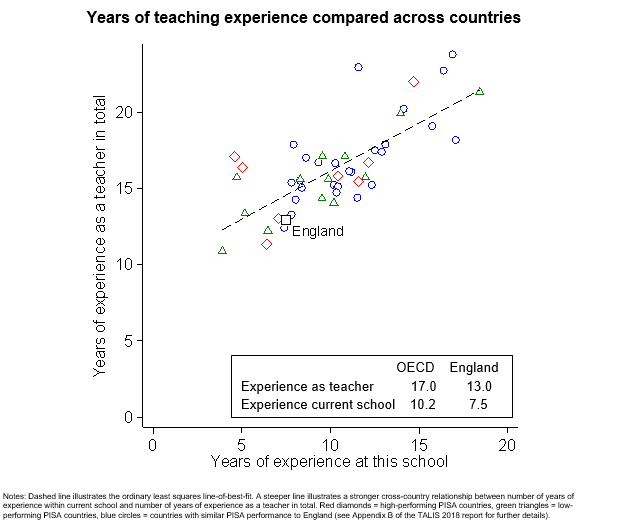
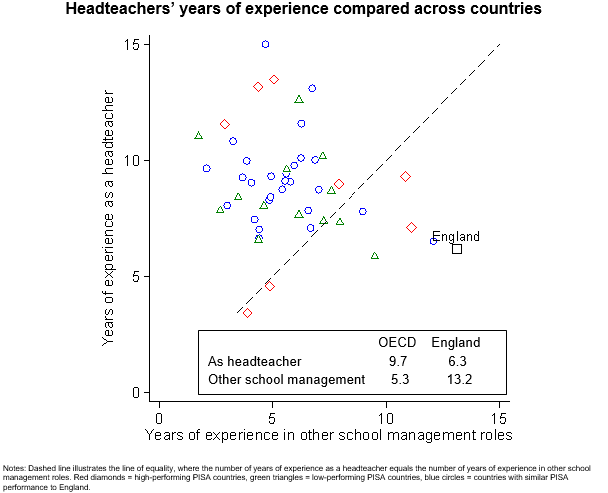
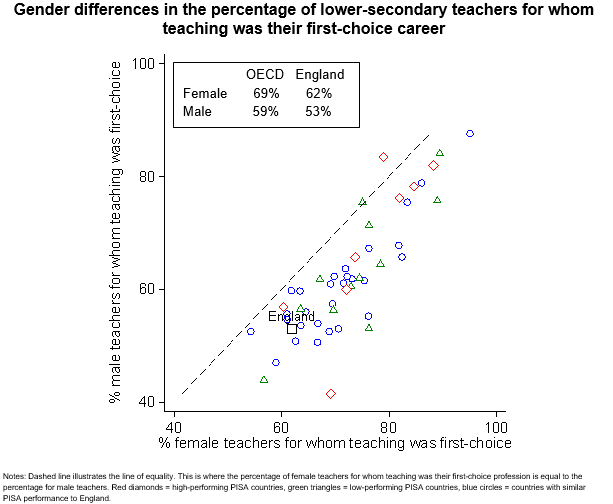
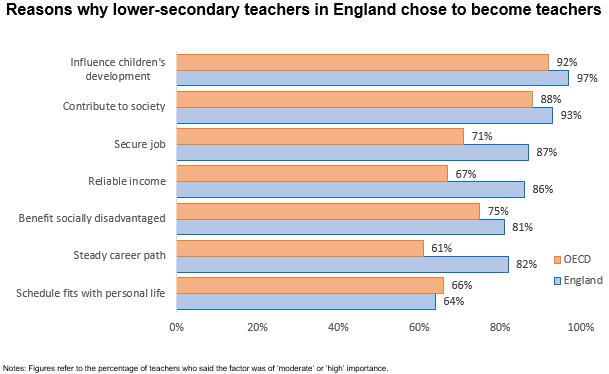
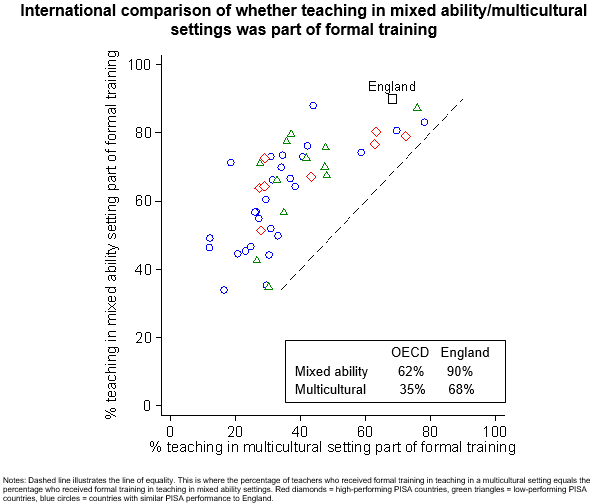
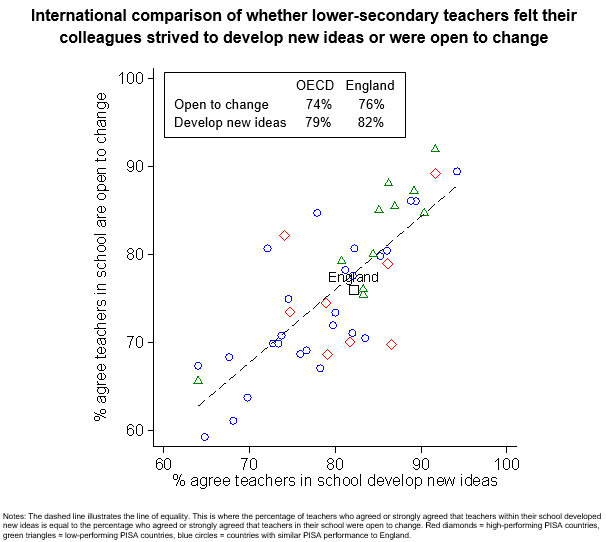

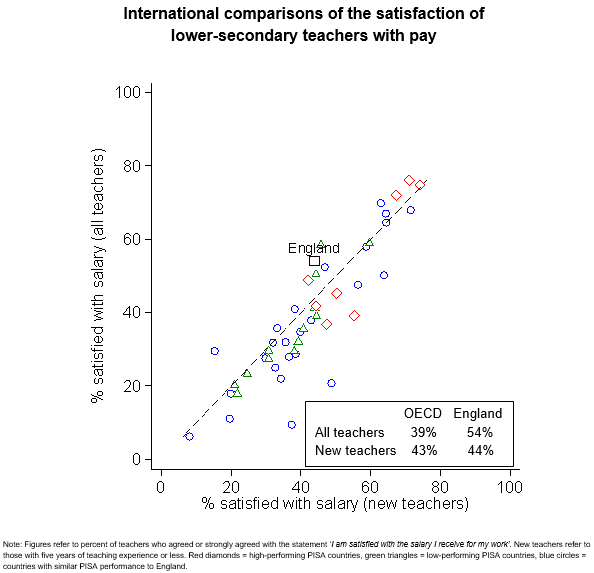
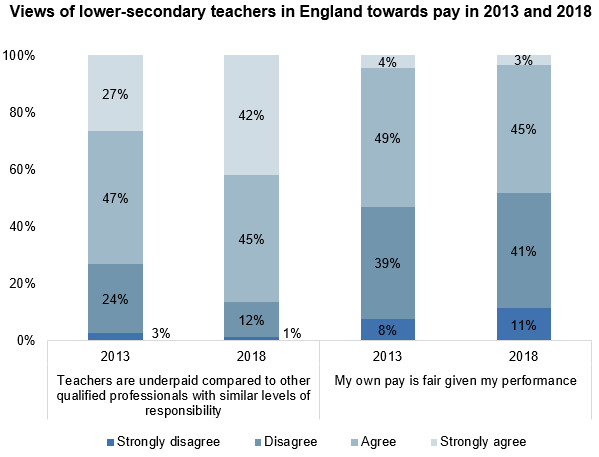
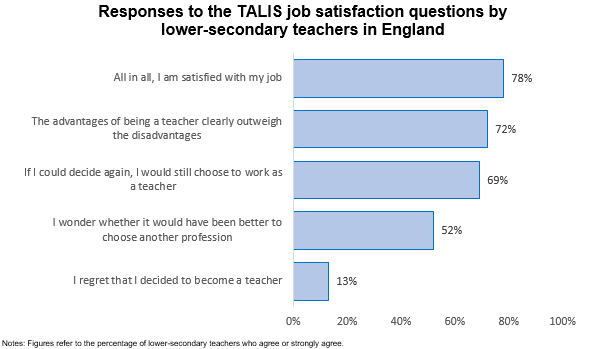
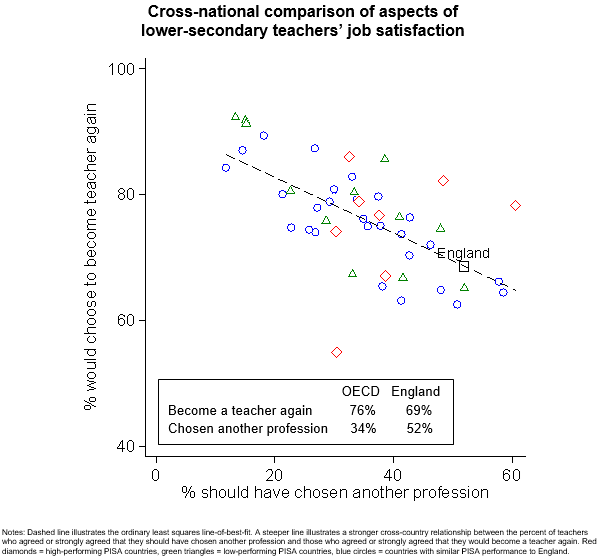
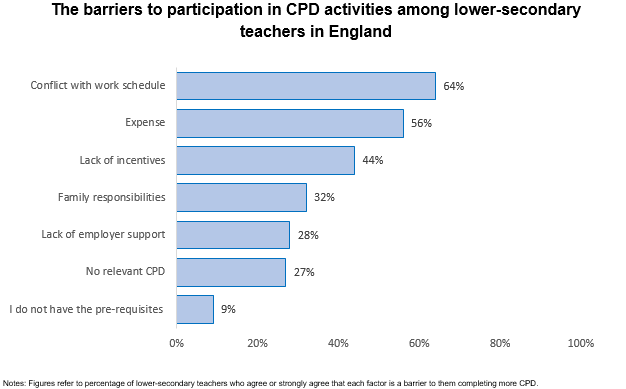

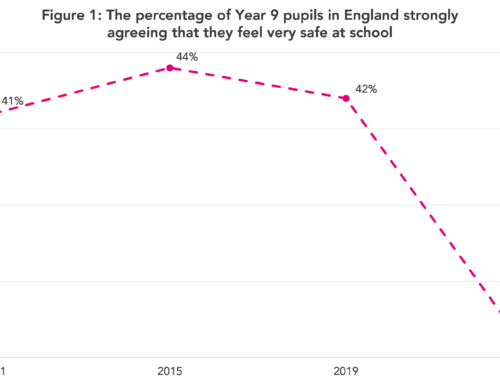
Leave A Comment